
2022 Mahindra Scorpio N First Drive: Perfect Middle Ground?
- Jun 30, 2022
- Views : 7061

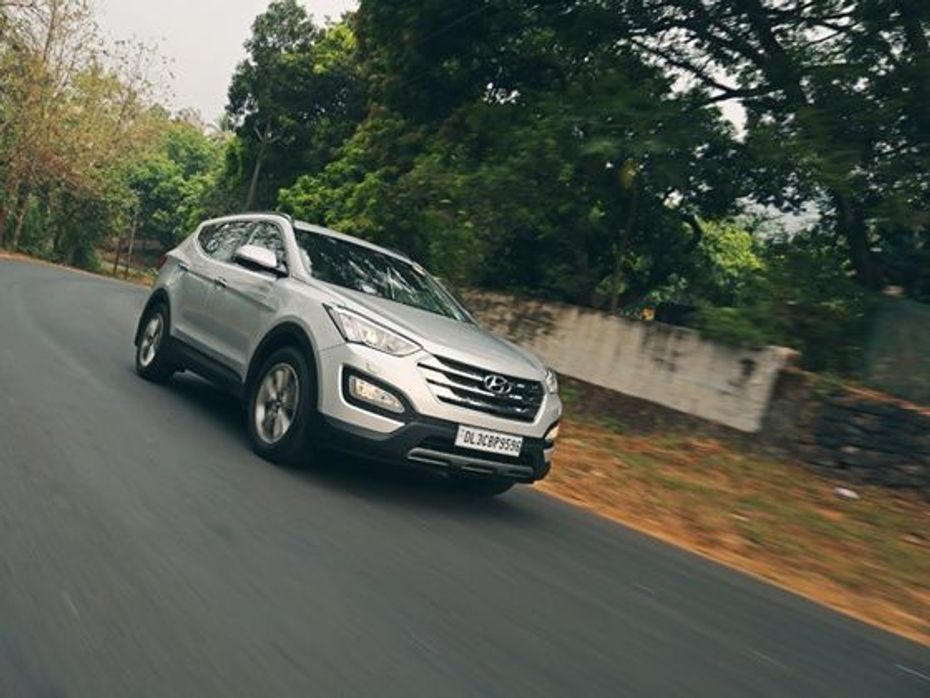
Dabang. It's not a term one associates with cars, especially those that cost close to Rs 30 lakh. But, not 'being Dabang' enough, is what costs the previous generation Santa Fe 'sales box-office' success, says Hyundai. Apparently, the true clientele for the Santa Fe - the politicos and the builder lobby - would only settle for something brash; something in your face; something that people would fear more than appreciate. Stuff like features, driveability, safety and even fuel economy is a distant second to this lot.
So, what Hyundai did when it was time to upgrade the Santa Fe? It got an upmarket looking, feature rich, good on driveability and high on safety new version; and completely forgot about 'being Dabang' all over again! Now being Dabang in automotive terms means to have an SUV- that's big, brash and intimidating. A mean machine that has the road presence of a bouncer, who spends his day in the gym and his night outside a night club in dark clothes. In simple terms an SUV that must look a bit sinister.
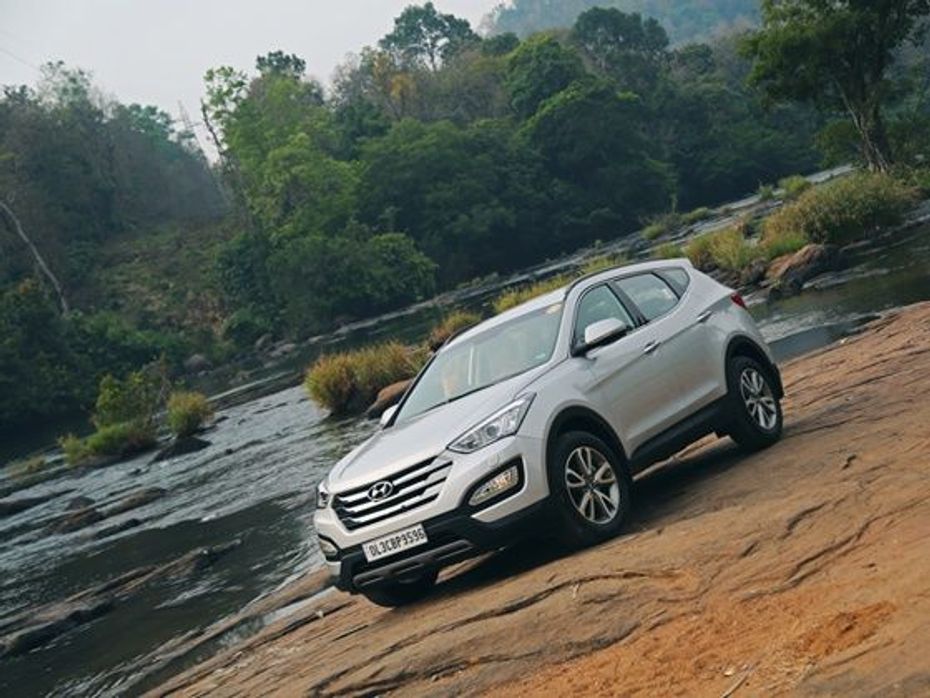
The new Santa Fe though looks more elite than unruly; sports edgier looks, is extremely current and seems to be one that belongs parking lots of high-end malls in metros than in the political rallies and dusty construction sites.
We like the sleek headlamps, the taut surfacing and the ability of the new Santa Fe to look big and elegant at the same time. The tighter panel gaps, more pronounced design lines and better materials all-round give the Santa Fe an aura of opulence which was missing in the previous generation car.
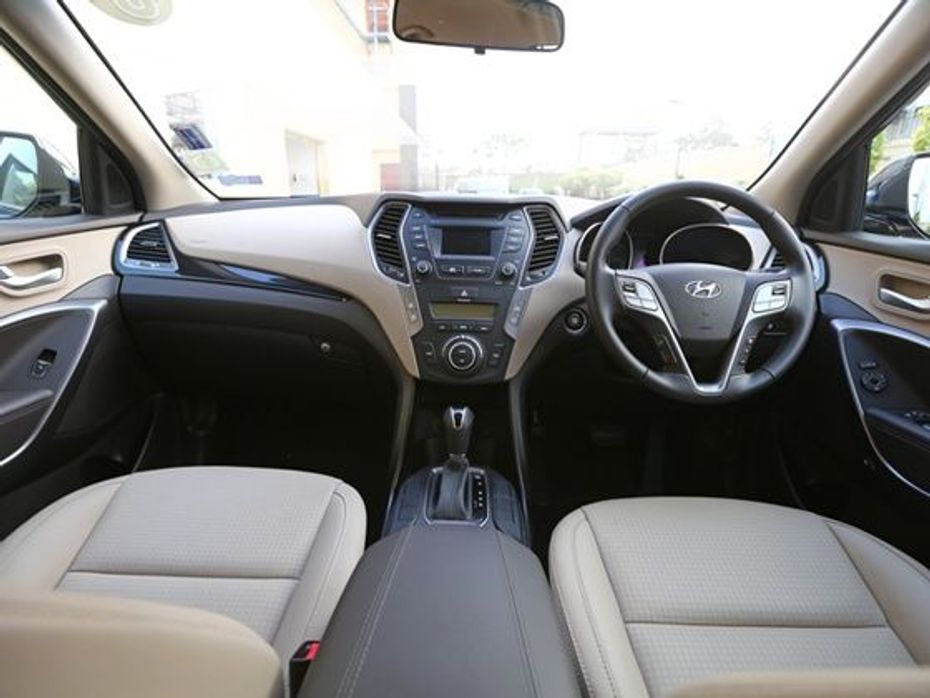
The interiors are equally impressive. The multi-layered design of the dash, the choice of colours and even the design of the various knobs, buttons and dials bring to it a fresh and welcoming look. The opulence is noticeable on the inside too, which is both, a function of design and the equipment the Santa Fe's offer as standard.
It gets keyless entry and start, a dual zone digital climate control system, a touchscreen audio with Bluetooth telephony, a trip computer, a reversing camera and steering mounted controls for telephony, cruise control and audio. There's upmarket looking leather all round too.

Like the previous generation Santa Fe, the new one isn't short on space either. Yes, the space and seating comfort in the third row isn't all impressive. But the Santa Fe makes up for it in the second row. The seats here are cushy and accommodating; the knee, head and shoulder room is ample; and with rear AC vents, cup and holders and usable armrests, it makes for a comfortable and practical please to be driven around in experience.
At the front, the driver gets a 12-way electrically adjustable seat and these are sportive and large too. The passenger seat scores high on comfort as well, but the seat adjustments are all manual, which for a price tag of Rs 30 lakh just doesn't bode well. The Santa Fe could also do with better operability. The cabin ergonomics are sound, no doubt, but the high engineering feel, the tactile response and feedback one expects at this price point (courtesy the Germans), is missing from most controls on the new Santa Fe.
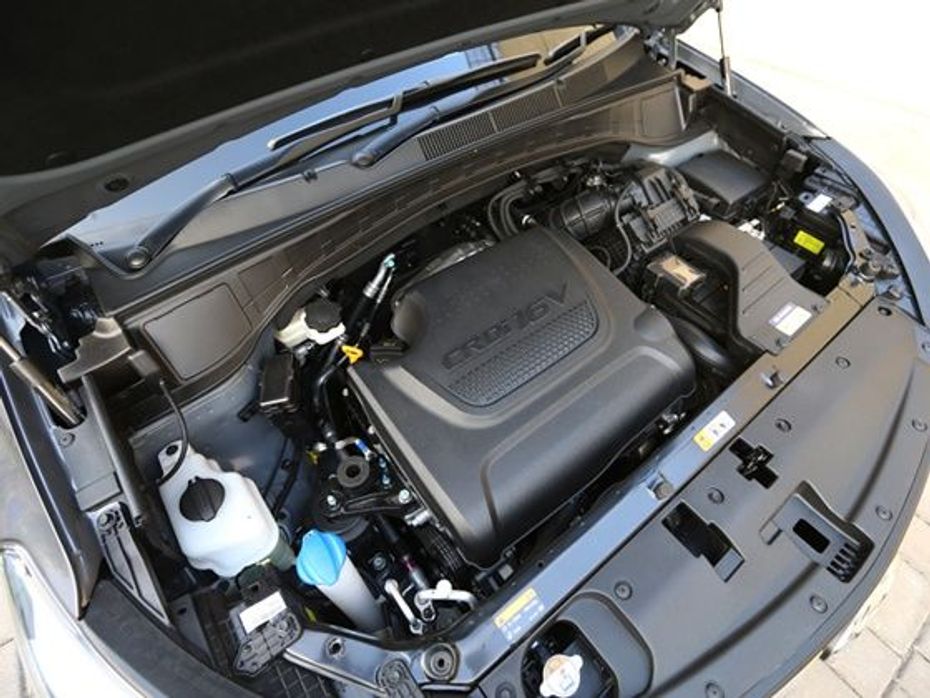
It still gets an impressive engine, though. In fact, the 2.2-litre diesel is carried over from the previous car, and like the previous generation Santa Fe, it lends the new iteration equally good performance. It's also reasonably refined and unless the engine is revving close to its 4500rpm redline, the noise inside the cabin doesn't get bothersome. This 16-valve, 4-cylinder diesel has class decimating figures. It makes a max power of 197PS and a peak torque of 436Nm. In the real world, this makes the new Santa Fe feel like a much lighter car than it is, be it acceleration or acceleration in kickdown.
As you can tell we only drove the automatic version here, but even with the 6-speed manual (which incidentally makes the same power from the same engine, but slightly less torque), the Santa Fe will be the quickest SUV in its class. As for the 6-speed automatic gearbox, like on the previous Santa Fe, it's not the best 'box in the business’. It is slow and a bit frustrating at times. It works better in manual mode for the simple reason, the throttle response remains inline with your expectations, instead of you hitting a void every time you get on the throttle pedal, which is the default mode in full auto mode.
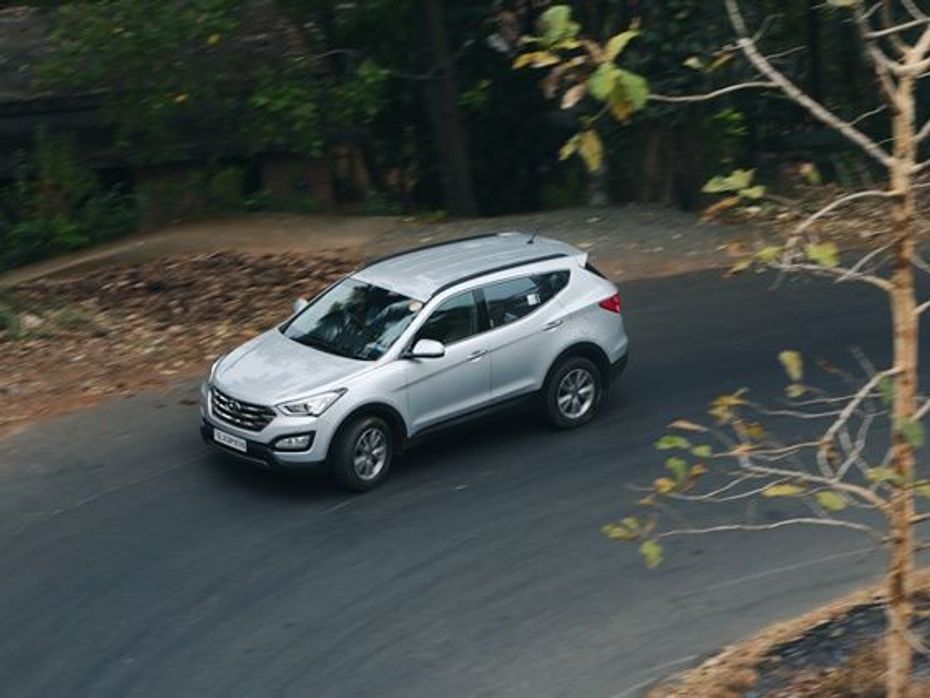
We were also impressed with the new Santa Fe's dynamic behaviour. Compared to the older model, the handling, the turn-in ability and even the balance under braking has improved significantly. The Santa Fe feels lighter and more agile than the previous version, and more stable and sure under braking. There's less side to side movement too over undulating roads, and the ride quality now is quieter and more absorbent.
But, don't for once think it can match the similarly priced Audi Q3 around a twisty road; it can't. The new Santa Fe might be better than the older version, but it still rolls around corners and remains prone to understeer. Also, the steering feels as inert as ever. Now, the new Santa Fe does get Flex Steer - Hyundai speaks for the technology that allows the driver to manually adjust steering weight. It has three modes - Comfort, Normal and Sport.
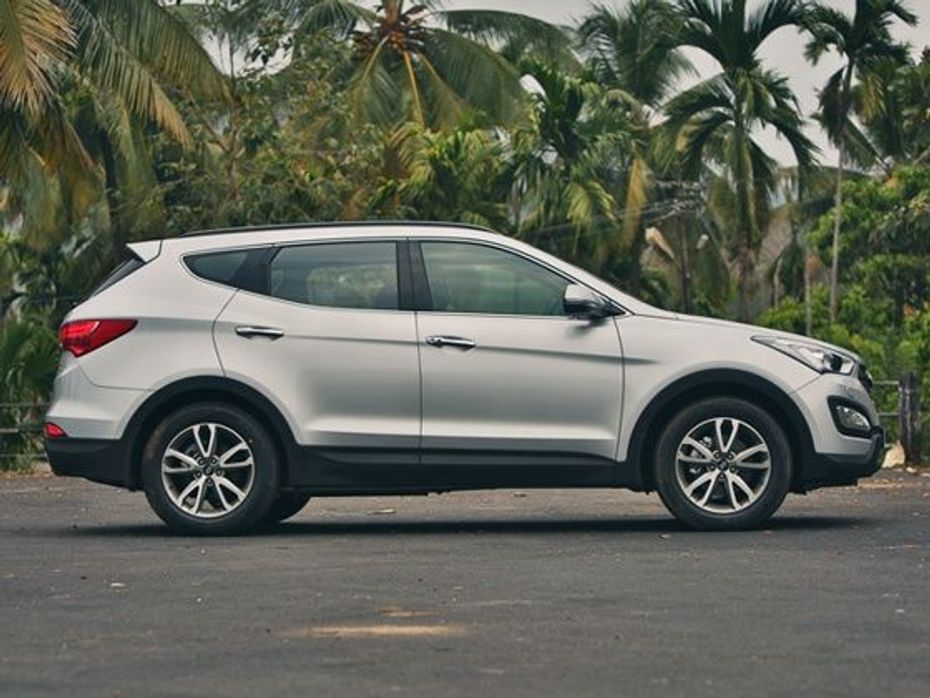
In Comfort, the Santa Fe's steering becomes super-light and with less than three turns lock-to-lock, it makes parking this 4,690mm long and 1,880mm wide SUV a lot more easier than before. In normal, the steering weighs up a bit and in Sport, even more so. We found no real use for normal mode, but Sport does help give the driver confidence while driving fast, be it on an undulating highway or around a twisty section.
So, the new Santa Fe is truly generations ahead of the SUV it replaces, no matter what aspect you look at. But, it is anything but Dabang. It's more like a showcase (and a good one at that) of what Hyundai is capable of. It is Hyundai's only ticket to be seen as upmarket, which, needless to say, will rub on its smaller cars like the Verna and the Grand i10 making them a tad more aspirational and with it, in demand.
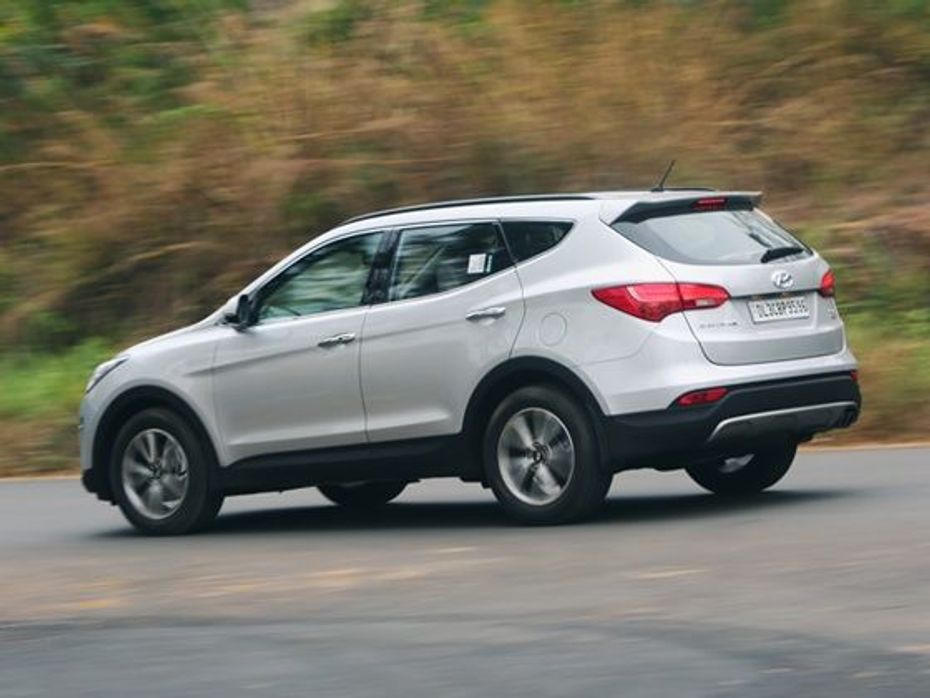
To you, it means paying significantly more for the Santa Fe than the current sales champion, the Toyota Fortuner. It also means that you must choose Hyundai over brands like Audi, BMW and Mercedes because the latter have atleast one product for the same price, although not all are SUVs and none is a seven-seater.
To me, Hyundai could have priced the Santa Fe at least Rs 5 lakh cheaper to give it a fair chance at selling off well. But, with this pricing and the new Santa Fe, again, not being Dabang enough, chances of it scorching the sales charts are bleak.

2022 Mahindra Scorpio N First Drive: Perfect Middle Ground?

2024 Hyundai Creta Facelift vs Rivals: Which Compact SUV Shines On...

Hyundai Creta 2024 Review: First Drive
 Mahindra Scorpio N
Mahindra Scorpio N
 Royal Enfield Classic 350
Royal Enfield Classic 350
 Toyota Fortuner
Toyota Fortuner
 Royal Enfield Hunter 350
Royal Enfield Hunter 350
 Hyundai Creta
Hyundai Creta
India's largest automotive community
 Maruti Brezza
Rs. 8.34 Lakh
Maruti Brezza
Rs. 8.34 Lakh
 Maruti FRONX
Rs. 7.51 Lakh
Maruti FRONX
Rs. 7.51 Lakh
 Maruti Grand Vitara
Rs. 10.99 Lakh
Maruti Grand Vitara
Rs. 10.99 Lakh
 Mahindra Scorpio
Rs. 13.61 Lakh
Mahindra Scorpio
Rs. 13.61 Lakh
 Toyota Innova Crysta
Rs. 19.99 Lakh
Toyota Innova Crysta
Rs. 19.99 Lakh